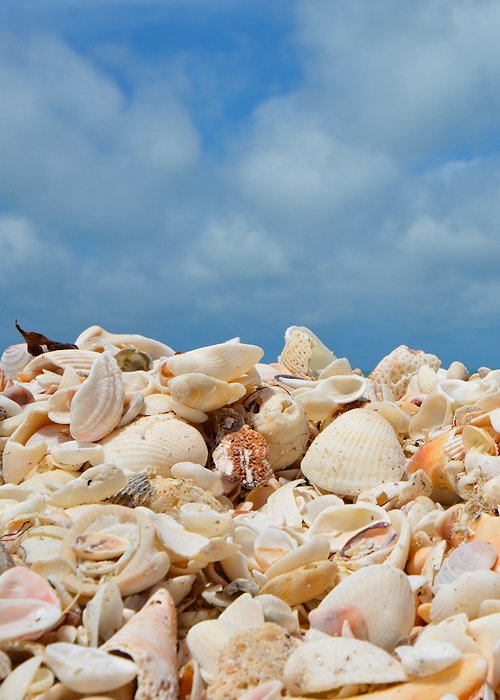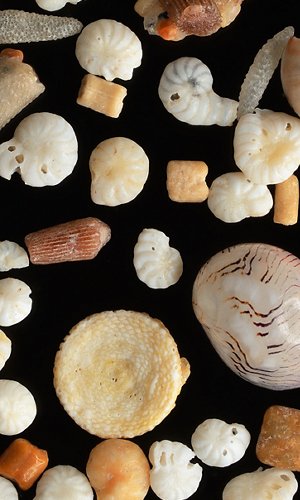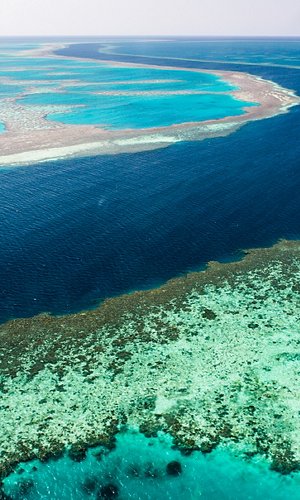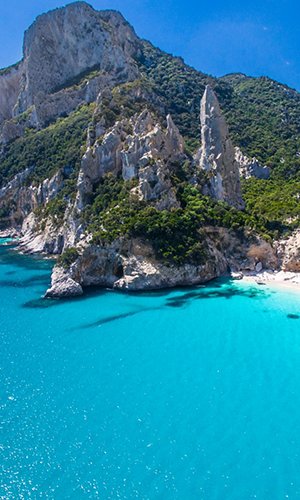Seashells have fascinated mankind since time immemorial. Ornaments made from the shells of these amazing molluscs can be found in many Neanderthal and Homo Sapiens burials. Not only that, for our ancestors, molluscs were a convenient source of "canned" food: mounds of fossil shells can still be found at archaeological sites where ancient settlements once stood. For many peoples of the past, shells were valued as currency and precious materials were obtained from them, such as purple, a fabric dye obtained from the murex (Bolinus brandaris). Today, shells are disappearing, threatened by many factors. Over-harvesting for food, for example, reduces populations of molluscs and damages the seabed if performed with aggressive systems. Collecting souvenirs also threatens the survival of entire species: this is the case of the noble pen or fan mussel (Pinna nobilis), the largest shell in the Mediterranean. These molluscs also suffer from climate change. Ocean warming and acidification, caused by the greenhouse effect and the increasing concentration of carbon dioxide in the atmosphere, for example, affect the chemistry of the shell, making it more fragile. Pollutants that reach the sea from land via rivers also threaten many species. This applies to live molluscs, but what about the empty shells we find on the beach? In some US parks there are laws preventing their collection because the shells are reused by hermit crabs, provide a home for other animals and in some cases help birds camouflage eggs and young.
Source: nationalgeographic.com





